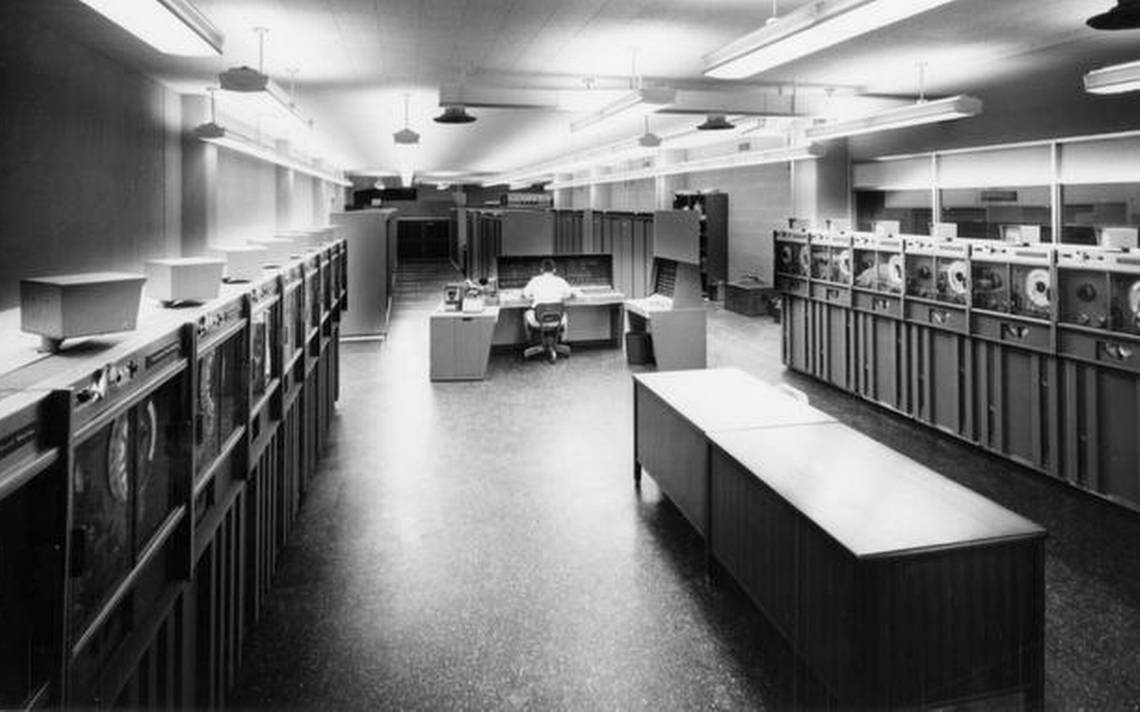
UNC-CH IMAGE COLLECTION, THE WILSON LIBRARY
With the successful testing of SpaceX’s Falcon Heavy and a Tesla roadster currently on a path towards – and eventually beyond – Mars, there’s no better time to talk about the Space Race.
In August of 1957, the former USSR launched the first successful intercontinental ballistic missile. In October of that same year, the first man-made object to orbit Earth – Sputnik – appeared in skies across the globe as a small, bright light. The Soviets were beating the United States in the new frontier, and the tension between superpowers was reaching critical mass.
The well-documented contest between nations to reach a series of “firsts” outside of Earth’s atmosphere was born of more than simple scientific curiosity, however. Trickle down technology and scientific discoveries were mere bonuses to the continued development of nuclear deterrents and new weaponry. The threat of nuclear war loomed, and mutually assured destruction of both sides meant that countermeasures, fallout shelters and fallback plans were standing by at all times. Oddly enough, one particularly large and significant shelter could be found at the University of North Carolina at Chapel Hill. Relatively far away from Washington DC, the shelter on the UNC campus was meant for one purpose: to protect a computer.

UNC-CH IMAGE COLLECTION, THE WILSON LIBRARY
The UNIVAC 1105 in the basement of Phillips Hall, one of the three ever manufactured, was installed in 1959. Housed underground behind 16-inch reinforced walls and costing over $2.5 million – not including the cost of renovations to Phillips Hall – the UNIVAC was designed to perform bulk computing tasks and mathematical heavy lifting. Measuring out to 60 feet long and weighing in at a hulking 19 tons, Chapel Hill’s supercomputer was installed to assist with number crunching for the U.S. Census Bureau. With a memory totaling roughly 50 kilobytes and a primary claim to fame being its ability to process 30,000 numbers in a minute, it paled in comparison to even the simplest computers of today. Nevertheless, in 1959 the UNIVAC was extraordinary, a crowning achievement in computer technology.
While processing data for the Census Bureau paid the bills for the UNC UNIVAC, its secondary function was more farsighted. The bunker under Phillips held accommodations and supplies for the entire staff necessary to run the computer at maximum capacity, enough to last 20 to 30 people for three to four weeks. In an emergency scenario, such as a nuclear attack, the computer would be safe – as would the people trained to operate it.
“If our nation is ever beaten down to its knees by such a devastating blow as an atomic attack,” said H. Burke Horton, an official of the U.S. Office of Civil and Defense Mobilization at the time. “The University of North Carolina computer, its staff personnel protected from fallout and blast effects by underground location, may help to save our civilization and recover our way of life.”


Comments on Chapelboro are moderated according to our Community Guidelines